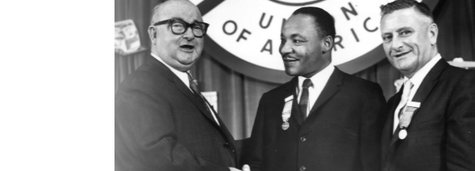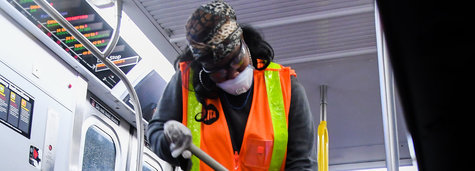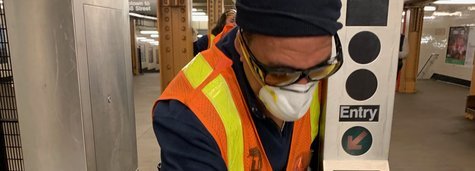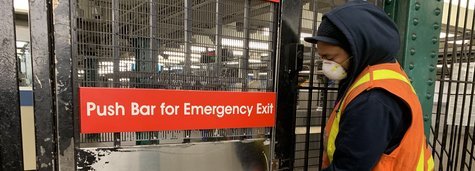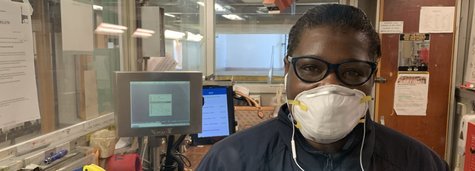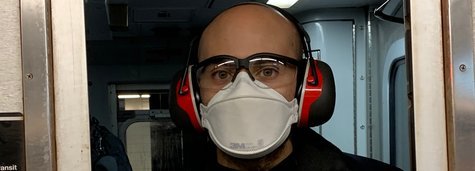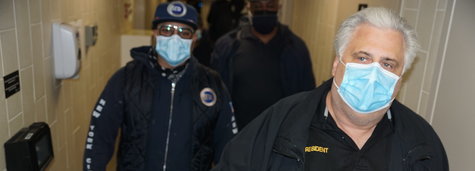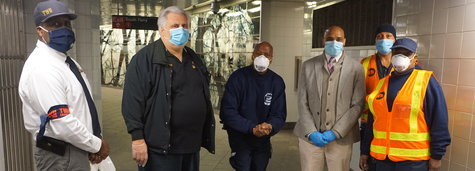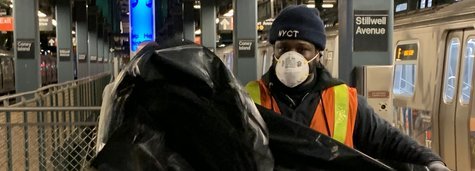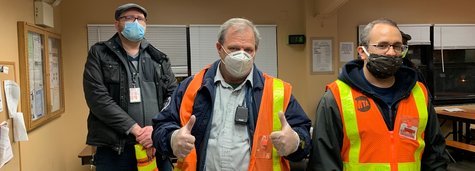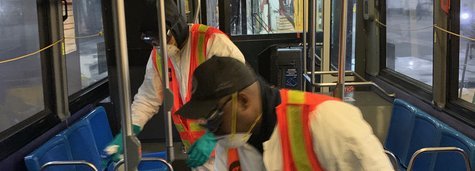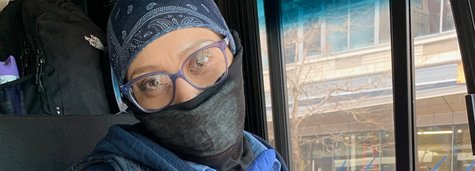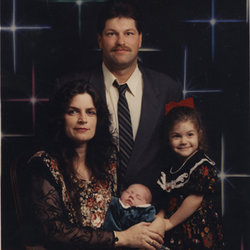The Tragedy of Danny Boggs
BY PETE DONOHUE -- A weeping widow and her three children - just 13, 9, and 5 years old - walked slowly behind the coffin as it was being guided down the aisle of a small church. They were wracked with grief. They were in shock, stunned and exhausted. Their eyes were fixed forward, almost riveted, as if they were imagining how their lives would unfold without the man who had been the center of their world. That scene - from the funeral of Trackworker Danny Boggs in 2007– came to mind again earlier this month upon hearing that the surviving members of Boggs’ family were in a Manhattan courtroom.
More than nine years after a subway train struck Danny Boggs on an express track at the Columbus Circle station, the wrongful death lawsuit filed by his widow, Bernadette, had finally advanced to trial. Danny Boggs, 41, was setting up flagging for a construction project when he was killed. A General Order was supposed to keep trains off that express track. But MTA supervision delayed implementation - and then failed to communicate the delay to Boggs, an MTA investigation found. A dispatcher sent a train right into what Boggs must have thought was a safe work zone. He stepped from a narrow “clear-up” area directly into the train’s path. It’s a damning series of facts. Unfortunately, the civil court jury wasn’t allowed to consider any of them.
Under state law, employees and family members who are eligible for Workers Compensation payments after injury or death can’t sue the employer. That includes MTA workers and their families. Bernadette Boggs’ lawyer took another approach. He sued New York City. NYC technically owns the land beneath the MTA subway system and as landlord should be held liable, the lawyer claimed. NYC failed to ensure there was a safe work environment for Boggs, he claimed. NYC, however, doesn’t have anything to do with subway operations, and lawyers pursuing such wrongful death lawsuits legally are forced to narrow their arguments against the city to one issue: lighting. The jury voted 5-1 that the lighting was substandard - but wasn’t a primary cause of Boggs’ death.
Boggs grew up in the city but moved as an adult to the town Brewster in rural Putnam County. It’s easier to raise a family up there on a Track Worker’s pay. I attended his funeral in Brewster as a member of the press. I was the transit reporter for the New York Daily News at the time. Before I started the transit beat, I suspect I was like most subway riders, including the jurors in the civil court trial. I didn’t know about the all the work happening behind the scenes to maintain and operate a subway system that carries millions of daily riders. I didn’t realize how dangerous that work is and how often it takes place with the threat of live train traffic and the electrified third rail. I didn’t ponder the possibility that a transit worker reporting for the night shift tonight might not make it home to his family tomorrow.
The Boggs’ lawsuit wasn’t successful in that it didn’t result in financial damages but hopefully it increased, even just by the smallest margins, the public’s understanding of what it means to be a transit worker.

